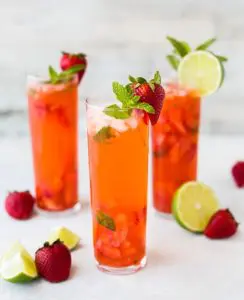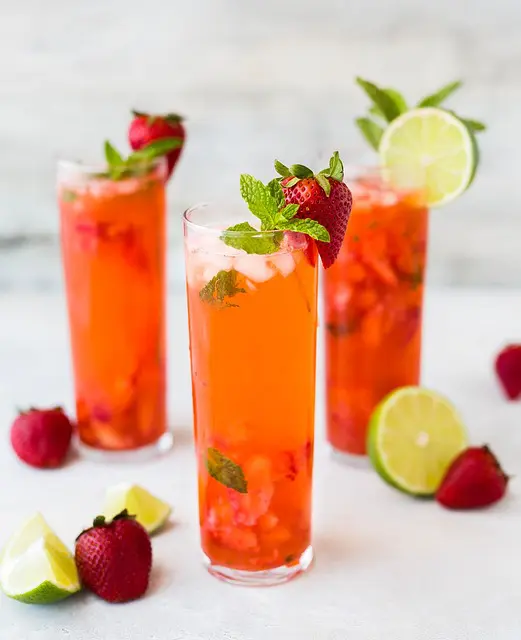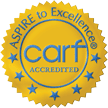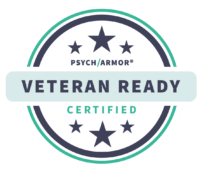Are Non-Alcoholic Alternatives Good for People in Recovery?
 The rise of “Dry January” and “Sober October” sparked greater interest in non-alcoholic alternatives. In fact, many celebrities are raising an herbal glass in celebration, and there are more options in the marketplace than ever before, including Katy Perry’s De Soi, Blake Lively’s Betty Buzz, J.J. Watt’s Athletic Brewing Non-Alcoholic Beer, and Luann de Lessups’ Fosé Rosé. But if you’re in recovery, are non-alcoholic alternatives a good choice?
The rise of “Dry January” and “Sober October” sparked greater interest in non-alcoholic alternatives. In fact, many celebrities are raising an herbal glass in celebration, and there are more options in the marketplace than ever before, including Katy Perry’s De Soi, Blake Lively’s Betty Buzz, J.J. Watt’s Athletic Brewing Non-Alcoholic Beer, and Luann de Lessups’ Fosé Rosé. But if you’re in recovery, are non-alcoholic alternatives a good choice?
Most Ingredients Are Okay
The rise of non-alcoholic selections is partly due to customers’ demand for flavor and versatility, but also a strong commitment to sober wellness. Here are some of the most common ingredients.
Adaptogens
These are primary ingredients frequently associated with non-alcoholic drinks, which the Cleveland Clinic defines as “plants and mushrooms that help your body respond to stress, anxiety, fatigue, and overall wellbeing.”
Botanicals
WebMD states that botanicals are “plants or parts of plants with medicinal value or health benefits.” Some botanical addictions to non-alcoholic drinks might be as simple as a rosemary sprig or more complex herbal infusions such as coriander, juniper, and orris root that might also be included in an actual alcoholic spirit, only with the intoxicant distilled away.
Nootropics
According to BevSource, nootropics “can be botanical or non-botanical. Examples are caffeine, L-theanine, noopept, and piracetam. L-theanine, for instance, is a naturally occurring amino acid found in mushrooms and green and black tea.”
Vitamins and Minerals
Many non-alcoholic choices, especially those claiming to provide certain health benefits, might also include vitamins and minerals such as B12, D3, zinc, selenium, and electrolytes.
It’s important to note that although some herbal applications are centuries old, generally the U.S. Food and Drug Administration doesn’t generally certify products featuring these ingredients.
If you order a “mocktail” while dining with friends or at dry bar establishments made popular by the sober curious movement, a staff mixologist might have a few other tricks to make a drink special.
For example, at The Fish and Fisherman Tavern in Cherry Hill, no ABV (alcohol by volume) mocktails are crafted with various teas, fresh juice, and fermented fruit beverages such as kombucha and tepache. Watermark in Asbury Park blends non-alcoholic spirits with artisanal bitters, housemade herb syrups, and seltzers. The Gem Well-Being Bartique in Pittman, a booze-free bottle shop, hosts pop-up events featuring Gruvi Golden Lager, Kin Euphorics, and Zera wine.
Overall, non-alcohol alternatives might be a healthier beverage choice than some sodas and energy drinks.
What’s Behind Your Choice of a Non-Alcoholic Beverage?
Whenever we choose something to eat, there’s psychology involved. On a cold, blustery day, a big bowl of macaroni and cheese seems far more appealing than a tuna salad sandwich. Celebrating special moments with traditional family meals strengthen cultural bonds. We crave food, build social interactions around it, and have both positive and negative associations with it.
These same principles apply to what we drink. When you journeyed through addiction rehabilitation, you likely discovered many underlying reasons for drinking alcohol. Perhaps through cognitive-behavioral therapy or other types of counseling, you identified risk factors, triggers, and other issues.
Scientists have also determined that for many people, alcohol is a social lubricant to offset anxiety. Often referred to as the “social-effect motive,” studies indicate that in some cases, this motive leads to more heavy drinking. “People who reported drinking alcohol to be sociable drank more alcohol when their friends frequently consumed alcohol at the social gatherings they attended together,” the findings indicate.
A sober social network is essential to long-term recovery, but what happens when you’re with other people who enjoy a few drinks with dinner? Do you feel left out or awkward because you’re not drinking? Do you want to enhance the experience from more of a culinary perspective? Are you bored with water, soda, or iced tea and eager to try something different?
Basically, the heightened awareness cultivated through sobriety helps you make conscious choices. For some people, even a non-alcoholic beverage might trigger certain cravings and behaviors. Other individuals might simply explore flavors out of the norm and not consider them an alcohol substitute.
As you consider the implications, bring up the topic with your treatment facility’s alumni group or at a support meeting.
Seabrook Outpatient Services
One critical aspect learned in addiction rehabilitation is that you are more than the symptoms of your disorder. Understanding your entire being—mind, body, and spirit—in sobriety means you can evaluate seemingly simple decisions such as whether to have a non-alcoholic alternative with clarity.
If it appears some of your triggers and cravings are suddenly overwhelming, perhaps it’s time to return to rehab for a short time to assure more stability. Seabrook has five outpatient rehab service centers in New Jersey that can help.




